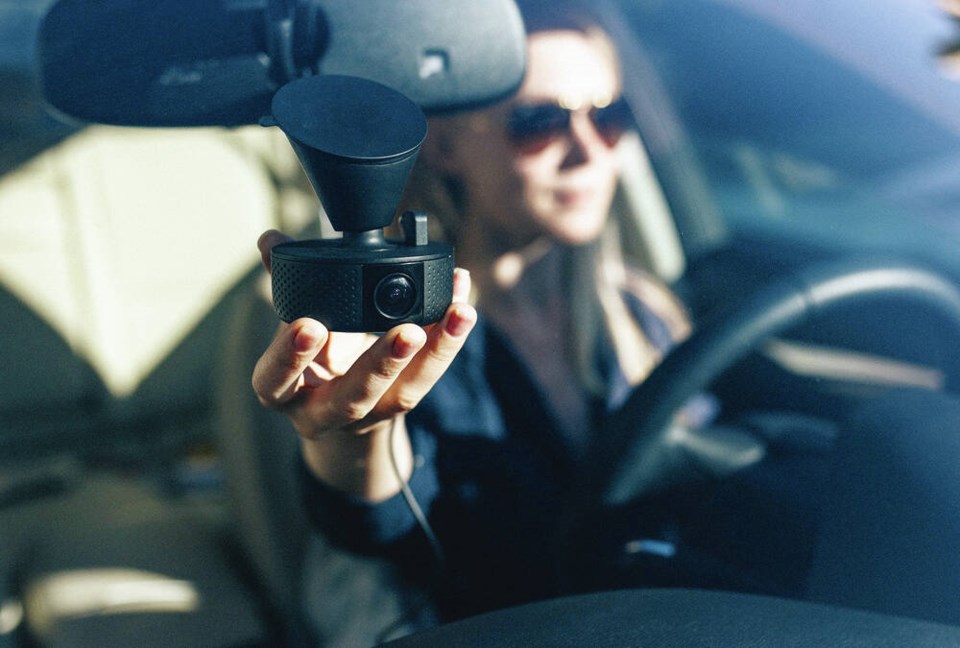Anyone who has been driving for at least a couple of years has, no doubt, come across an accident scene and wondered: “How is that possible?”
I’m talking about the ones where a car is flipped upside down, or flipped upside down in the middle of someone’s yard, or flipped upside down and on top of another car etc., etc. — the ones that seem to defy both gravity and physics.
The advent of the dash-mounted camera or dashcam has given us a tool to help answer that question. And while a dashcam may only explain the “what” and not the “why” in some crashes, it offers a good starting point — an unbiased eye to a driving incident unfolding right before (or behind) you.
Like all technologies, there are pros and cons to dashcams. Governments worldwide are also wrestling with the issue. North America is basically unfettered in dashcam use but many countries in Europe have strict rules around them. Some EU states prohibit their use altogether, ostensibly because of a strict privacy mindset.
On the pro side, I wrote a while ago about dangerous drivers and the sentences imposed on them by B.C. courts. I keep thinking about the case of Dr. Alphonsus Hui. He was killed at 41st and Oak streets in 91原创 in 2015 when a driver blasted through an intersection in the middle of the day, at 140 km/h broadsiding Hui’s car as it made a left turn.
The incident was clearly and indelibly captured on another vehicle’s dashcam. The suspect driver, Ken Chung, was initially acquitted at trial, the judge attributing the incident to a momentary lapse in judgment. But the B.C. court of appeal found otherwise, stating that the horrendous crash was the very definition of dangerous driving under the criminal code.
I have to believe that it was those clear and unforgettable images, all captured on video, which ultimately made the difference.
If you use a dashcam you’re more likely to be aware of your own driving. Who would want a video track record of their greatest driving boo boos? So knowing a camera is right there, creating awareness, means you’re apt to be more accountable for your driving.
If an insurance dispute arises after a collision, a dashcam often offers indisputable evidence of fault. They are also becoming a cornerstone for police in gathering evidence, not only for serious car crashes but for other significant crime moments which may play out in front of a car equipped with one.
Are dash cams Big Brother? Maybe. But let’s face it, when you drive anywhere these days you’re most likely going to be caught on video half a dozen times before you reach your destination. It makes sense to me to have at least one camera working for you, offering your point of view.
On the downside, they are an electronic device and tinkering with them while you drive is a distraction and can lead to a collision.
They are also a target for thieves if they are left inside your vehicle. There’s a thriving black market for electronic goodies today. So a camera that can be easily removed for the night is a good idea.
While many European countries offer an insurance discount for using a dash cam, that practice is not as common in Canada.
In the end though, I think they’re worth it. The next task is to wade through the myriad of specs to find one which captures great images but also doesn’t require a PhD to operate.
Glove Box: A reminder that BC’s winter tire rules came into effect on October 1st. These rules don’t apply to those of us in Lalaland of southern 91原创 Island or BC’s lower mainland. But if you’re driving further than that you must have tires that are marked either M+S or have the mountain/snowflake symbol. Your tire tread depth has to be at least 3.5mm. Failure to heed these rules can cost you a fine of $121.
BCAA released an interesting survey at the beginning of September. According to a poll of 1001 participants, 74% do not know when a school zone ends. (Answer: It ends when you reach the sign marking the start of that school zone for traffic headed in the opposite direction.)
Probably more disturbing though is that the same survey also showed that 60% of respondents witnessed an aggressive or hostile act of driving within a school zone. That’s ugly. If you ever witness anything along those lines, it should be reported to the police immediately.
The upside in the survey was that 81% of respondents knew that the school zone speed limit was 30 km/h.



